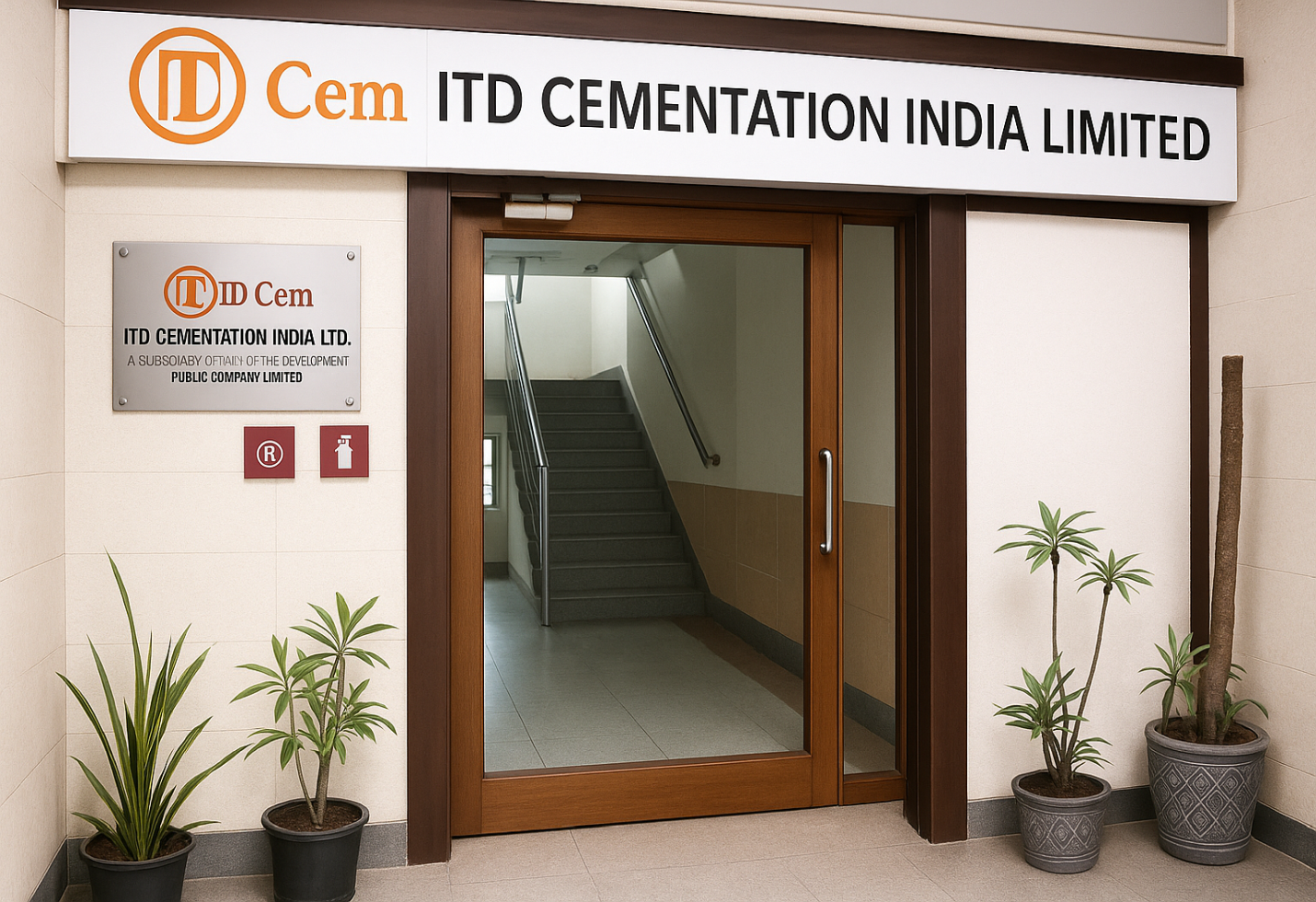Welspun Enterprises Q4 FY25 Earnings: Net Profit Surges by 30%
Robust Revenue Growth, Margin Expansion, and a ₹3 Dividend Highlight a Strong Quarter for Infrastructure Major
Financial Performance: A Record-Setting Quarter
Welspun Enterprises, a key player in India’s infrastructure sector, reported consolidated net profit of ₹100.3 crore for the quarter ended March 2025, marking a 30% year-on-year increase. Certain reports estimated the profit increase to be as much as 36%, with net earnings climbing to ₹105.49 crore.
This robust profit growth was underpinned by a sharp rise in revenue, which climbed 24% to ₹1,021.5 crore, up from ₹823 crore in the same period last year.
During FY25, net profit climbed to ₹353.83 crore, compared to ₹319.40 crore in FY24, with total revenue rising to ₹3,792.59 crore from ₹3,063.31 crore the previous year.
This consistent growth highlights the company’s ability to execute projects efficiently and capitalize on opportunities in its core segments.
Operational Highlights: Margin Expansion and Segment Growth
Welspun Enterprises’ operating performance was equally impressive. EBITDA surged 35% year-over-year, reaching ₹152.62 crore, with operating margins increasing to 14.94% compared to 13.74% in the same quarter last year.
This margin expansion reflects the company’s focus on cost optimization and operational efficiency, even as it scales up its project portfolio.
The infrastructure major continues to concentrate on water, wastewater, and transport projects, which remain the backbone of its order book and revenue streams. The company’s ability to deliver on large-scale projects in these segments has been a key driver of its sustained growth.
Dividend Announcement: Rewarding Shareholders
For the fiscal year 2025, Welspun Enterprises’ board has put forward a proposal to distribute a final dividend of ₹3 on each equity share worth ₹10.
The record date for the dividend has been set as July 4, 2025, and the payout is subject to shareholder approval at the upcoming annual general meeting. This dividend reflects the company’s strong cash flows and commitment to rewarding shareholders.
Share Price and Market Reaction
Prior to the earnings release, shares of Welspun Enterprises edged up slightly to ₹493.50 on the BSE, reflecting a sense of guarded optimism among market participants.
The strong financial results and dividend declaration are expected to support positive sentiment, although market participants remain attentive to broader sector trends and the company’s future guidance.
Challenges: Rising Interest Costs and Sustainability Concerns
Despite the stellar topline and bottom-line growth, Welspun Enterprises faces some headwinds. Notably, finance costs rose significantly to ₹43.6 crore in Q4 FY25, up from ₹28.4 crore a year earlier. This increase in interest expenses is attributed to higher borrowings as the company ramps up project execution. The sustainability of profit growth is also a point of discussion, as a substantial portion of profit before tax in Q4 was derived from non-operating income-about 35.65%-raising questions about the repeatability of such gains in future quarters.
Analyst Perspective: Growth Amid Complexity
Experts point out that Welspun Enterprises’ Q4 FY25 results highlight the company’s ability to navigate industry headwinds, showcasing solid operational strength and effective project delivery despite challenges such as increased input costs and intense market competition.
The company’s record-high net sales and operating profit in the last five quarters underscore its operational momentum. However, the rising cost of debt and dependence on non-operating income for a significant chunk of profits signal the need for cautious optimism.
Strategic Focus: Infrastructure Leadership
As part of the Welspun World group, Welspun Enterprises has carved out a leadership position in infrastructure development, with a focus on water, wastewater, and transport projects. The company’s robust order book and project pipeline position it well for continued growth, provided it maintains discipline in cost management and capital allocation.
Conclusion
Welspun Enterprises delivered robust financial and operational results in Q4 FY25, marked by significant profit and revenue increases, better margins, and a healthy dividend recommendation.
While rising interest costs and reliance on non-operating income warrant attention, the company’s core business fundamentals remain strong. As it continues to expand its presence in critical infrastructure segments, Welspun Enterprises appears well-placed to deliver value to shareholders and contribute to India’s infrastructure growth story.
The image added is for representation purposes only










